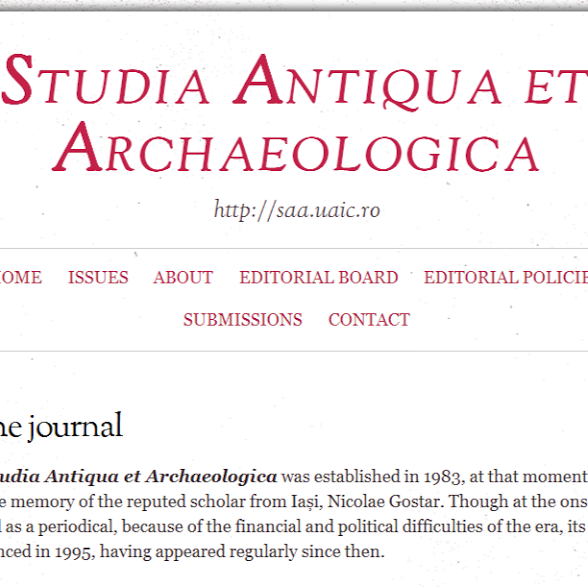Swastika-shaped fibulae with horse-head decorations (Almgren 232) from the Roman period in Dobrudja (Moesia Inferior)
Swastika-shaped fibulae with horse-head decorations (Almgren 232) from the Roman period in Dobrudja (Moesia Inferior)
Author(s): Radu PetcuSubject(s): History, Archaeology, Ancient World
Published by: Editura Universităţii »Alexandru Ioan Cuza« din Iaşi
Keywords: Moesia Inferior; Ulmetum; Durostorum; fibulae; 2nd–4th century AD;
Summary/Abstract: Discovered in a large number in the Balkan-Danubian provinces of the Roman Empire, the swastika-shaped fibulae with horse-head decorations are in most cases attributed to the military. The iconographic motive and form are the artistic expression of Thracian traditions specific in the Lower Danube regions. The precursors of this type of brooches are the silver brackets found in Thracians princely graves discovered in Romania and Bulgaria dated in the 4th century BC. Chronologically framed in the 2nd–4th centuries AD, the roman fibulae are discovered mainly in military environments. On the territory of Dobroudja (Moesia Inferior), four brooches of this type are known, one at Ulmetum and three in the civil settlement near the camp of Durostum, at Ostrov-Ferma 4.
Journal: Studia Antiqua et Archaeologica
- Issue Year: 25/2019
- Issue No: 1
- Page Range: 113-122
- Page Count: 10
- Language: English

